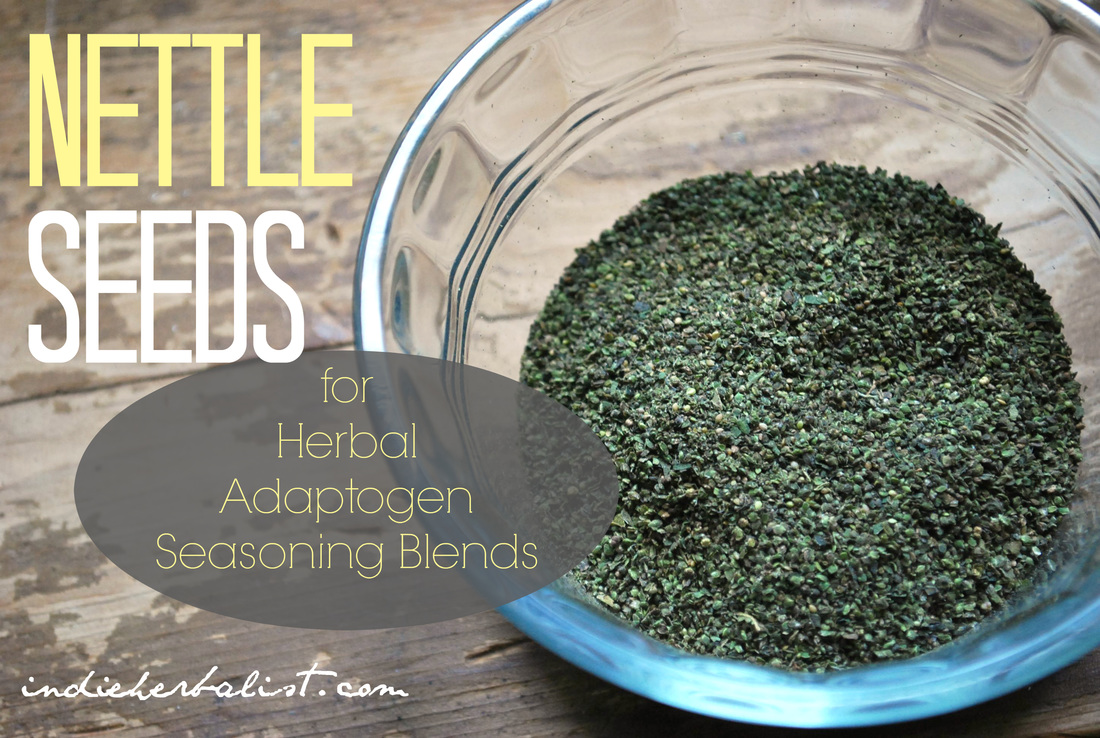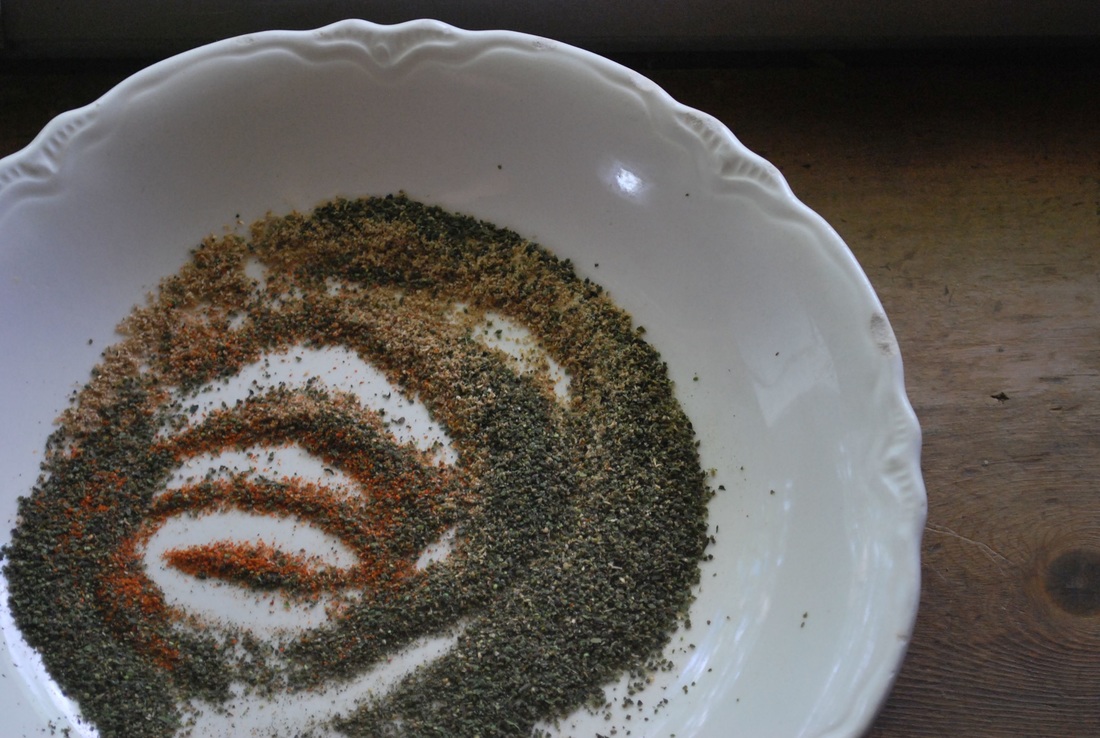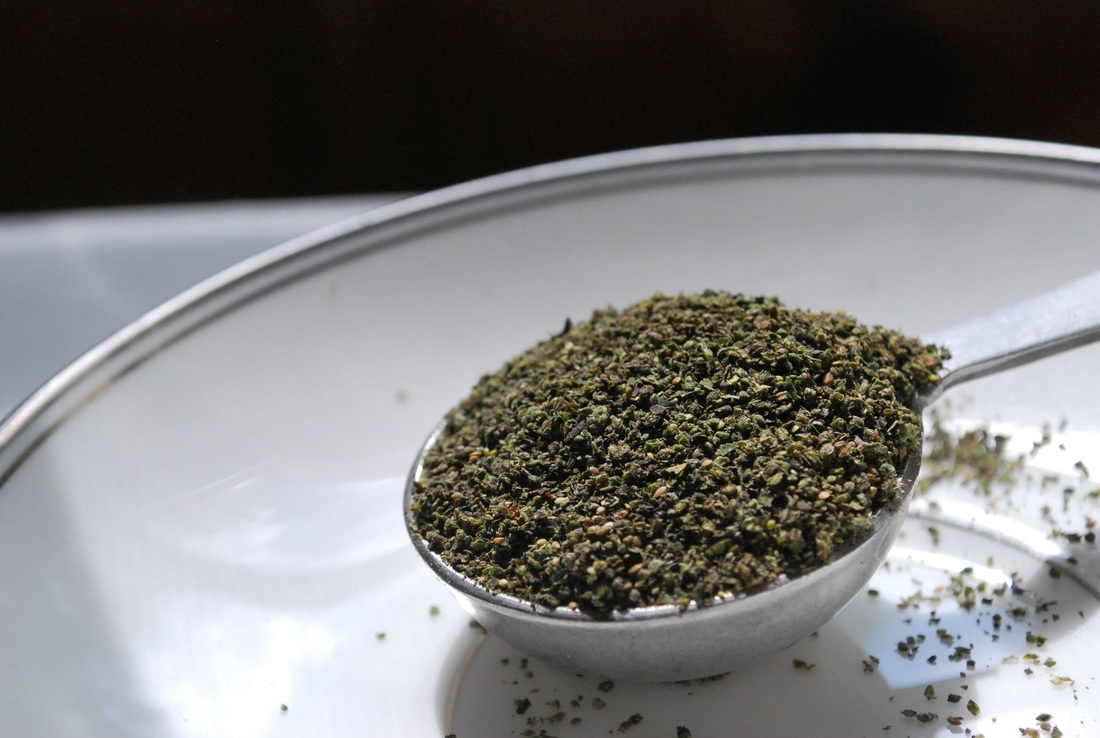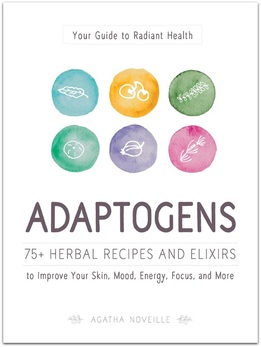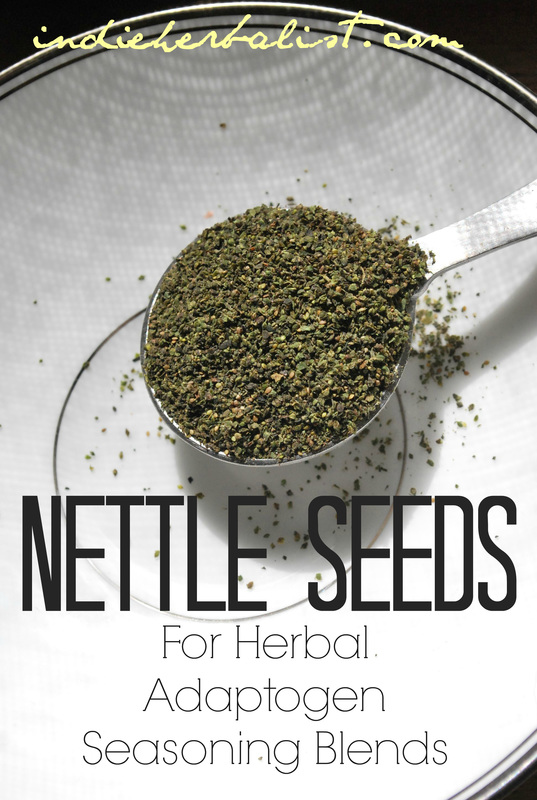Links contained in this post and elsewhere on my website may include affiliate links. When you make a purchase through these links, I earn a commission at no additional cost to you. I only link to products and services that I love - and that I think you will love, too!
I chanced on an article several years ago by herbalist Kiva Rose over at Medicine Woman’s Roots, and I filed the information away in the back of my head for later. At the time, I didn’t have access to a patch of nettles to gather seed and couldn’t find a source of the seed online (other than gardening seed packets, which would have been WAY too expensive for what I needed).
Then, when I started working on the Adaptogen book last fall, I mentioned to my editor that I would love to include nettle if I could find some to work with. Nettle seed isn’t widely known as an adaptogen, but I thought there was enough local chatter within herbal circles to warrant including it.
She reviewed the information and thought it was a great idea, so I set about looking for a source. This time, I was in luck! I ordered my seeds and waited excitedly for them to arrive. The focus of the book is recipes so when the seeds came I wasted no time stirring and tasting my way to several seasoning blends in the kitchen.
In my case, a little nettle seed goes a looong way. Just a pinch makes a big difference in my day, so my favorite way to use it has actually become as part of the herbal seasoning blends I originally tried. I keep a couple on the counter next to the stove and add a shake or two to season my midday meal.
Depending on the blend it can also be great on breakfast, but using it too late in the evening may not be such a great idea. I don’t usually use it after lunch or else I have trouble sleeping! Nettle seeds have a mild taste that’s easily masked by other spices. I use the whole seeds (they are itsy bitsy, as evidenced by the photo above.)
I think nettle as an adaptogen is particularly cool because it is so accessible. For one thing, nettle grows widely in many temperate areas, and has the tenacity of any self respecting weed. It requires little care in a garden or homestead setting (other than keeping it from taking over!), and it may even be on your list of foraging finds.
Nettle is also much more abundant than other native adaptogens like American ginseng. On top of declining habitat and over harvesting, ginseng requires several years to mature. Then the root is harvested. So every time a ginseng plant is harvested, a ginseng plant dies. If you are stewarding a stand of ginseng or buy from a reputable source, that may not be a big deal. But if you are procuring from less than reputable sources that’s a VERY big deal.
Some adaptogens, like cordyceps, were originally reserved for royalty. I think it’s safe to say that with such versatility and accessibility, nettle would come close to winning the title of The People’s Adaptogen.
If your nettle stand is still small like mine, you can buy nettle seed in bulk from Elk Mountain Herbs. And if you are a patron you can log in here to get one of my current favorite nettle seed recipes. (Not a patron? Learn more about that here.)
Have fun, and bon appetite!
All the best,
Agatha
